|
Conservation
|
||
|
Big changes have occurred over the last two decades in Tasmania's marine environment. Urchin barrens have become common and giant kelp forests have all but disappeared along Tasmania's east coast. Spotted handfish populations have collapsed in southeast Tasmania. Abalone, rock lobster and trumpeter have almost disappeared from many locations that were once popular with recreational fishers. Tasmania is one of the few places in the western world that permits recreational net fishing in the sea. Over three hundred kilometres of licensed recreational nets target Tasmania's east coast alone. Before scuba and underwater photography took up most of my time, I used to freedive to spear fish or collect abalone and rock lobster. Every single place I used to fish has now been almost completely fished out over the last 20 years. In many places, target species are now completely absent. The only exceptions are in marine protected areas. There is a great need for more marine protected areas to protect biodiversity and to allow scientific assessment and management of fishing impacts. I am the conservation/community member on several Tasmanian Fishery Advisory Committees and two Commonwealth fishery Management Advisory Committees and work on these to encourage sustainable fisheries management and the protection of the environment. I also represent the Tasmanian Conservation Trust on a number of issues. |
||
|
|
||
 Critically Endangered Spotted Handfish |
||
|
|
||
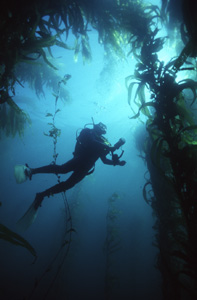 Giant kelp forests have almost completely disappeared from Tasmania's east coast |
||
|
|
||
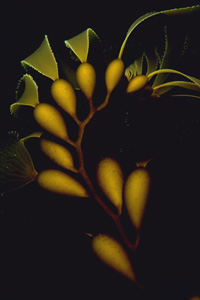 Giant Kelp, Macrocystis pyrifera |
||
|
|
||
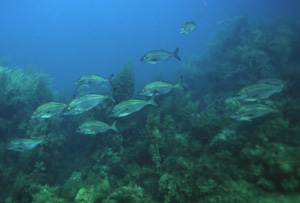 Schools of trumpeter were once common on Tasmania's shallow rocky reefs but have now all but disappeared. |
||
|
|
||
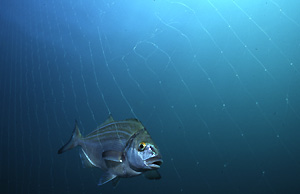 Undersized trumpeter are highly vulnerable to recreational gill nets. |
||
|
|
||
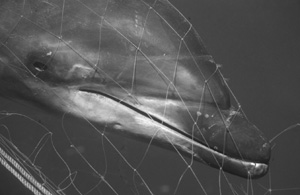 Recreational gill nets kill seabirds and marine mammals in Tasmanian waters. |
||
|
|
||
|
|
TOP |
|
||
|
|
||